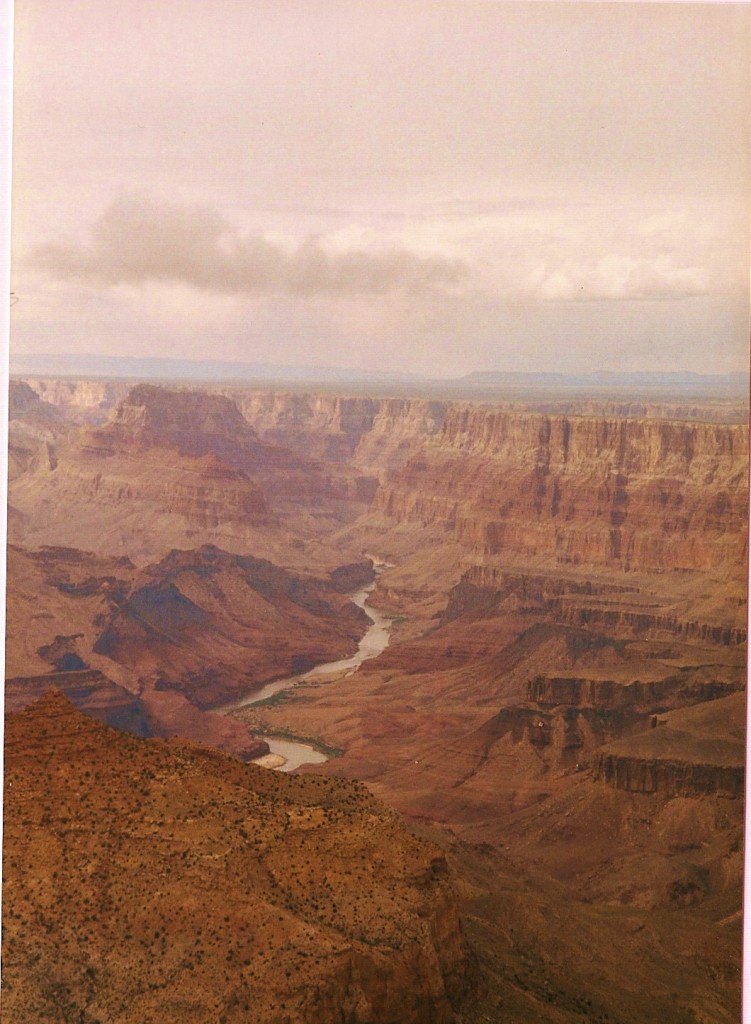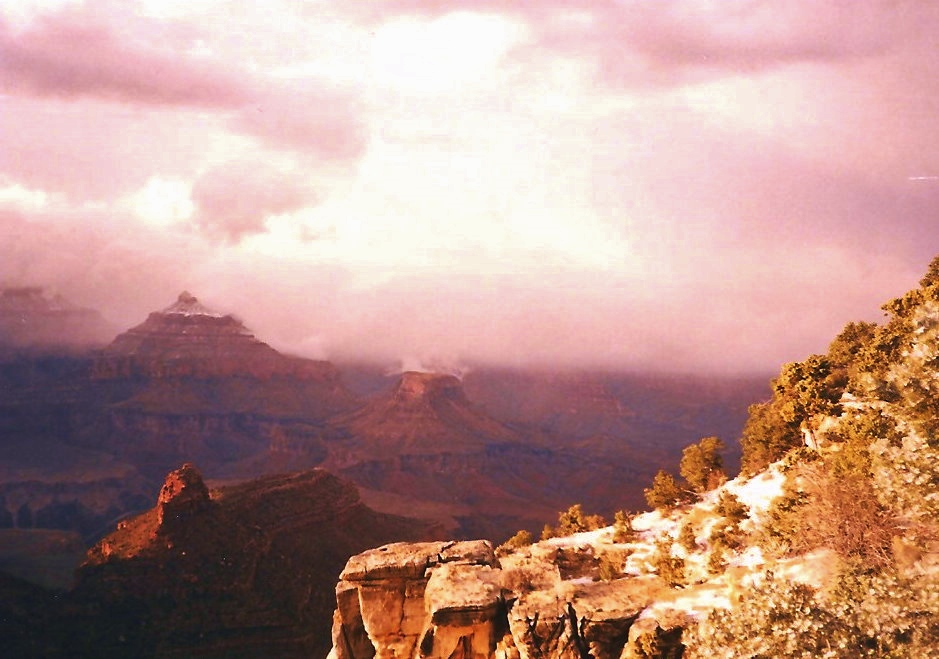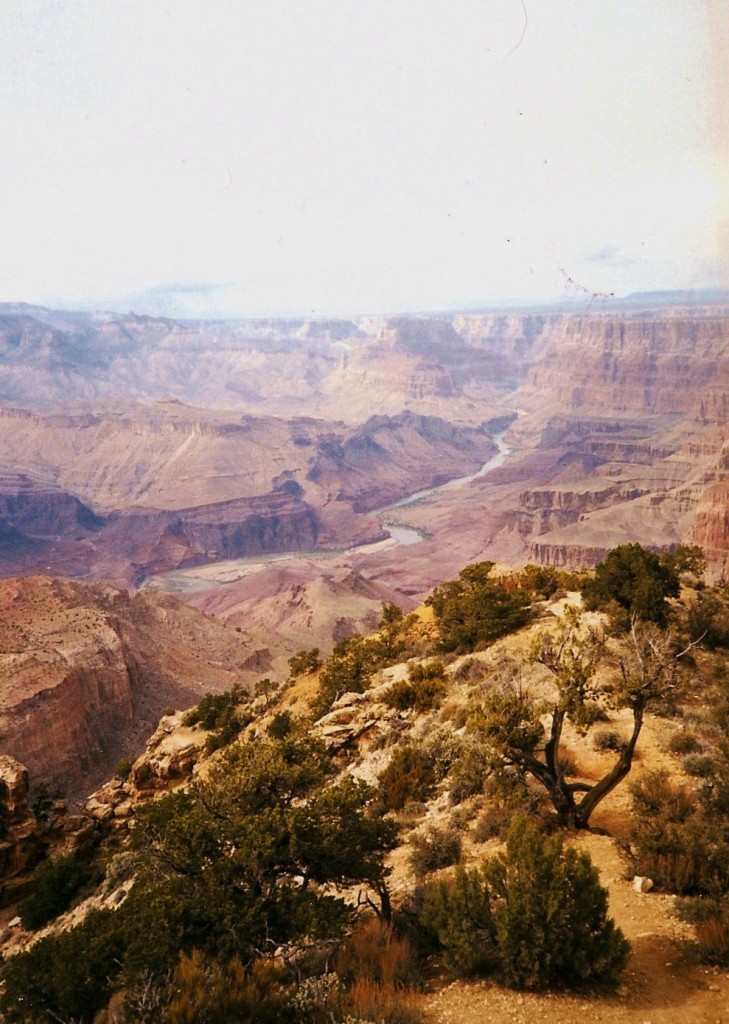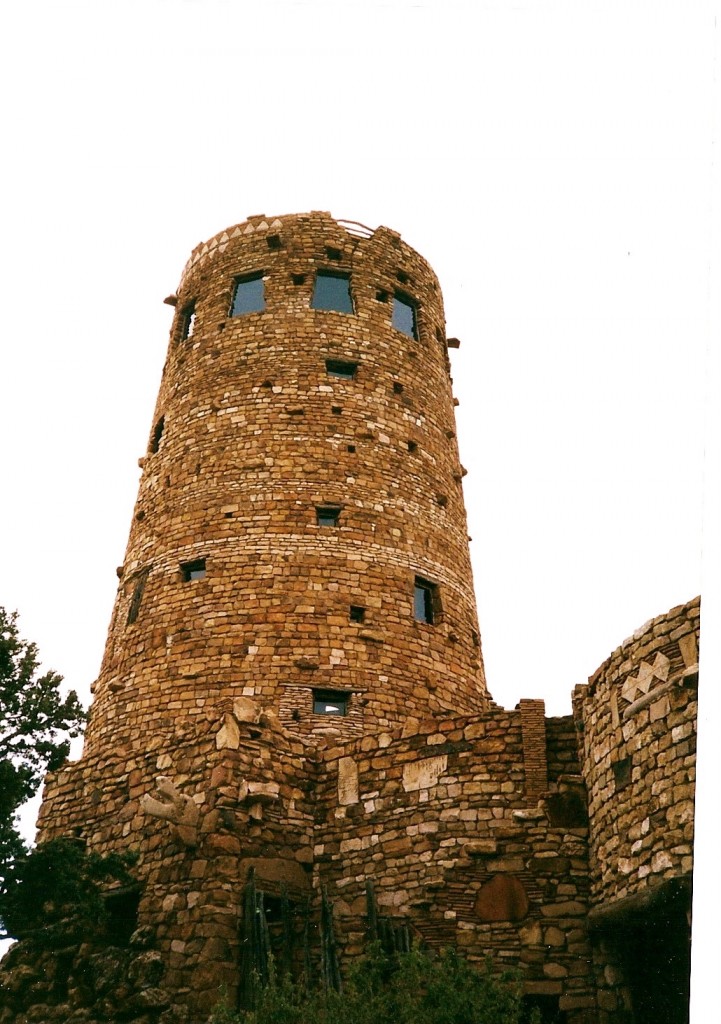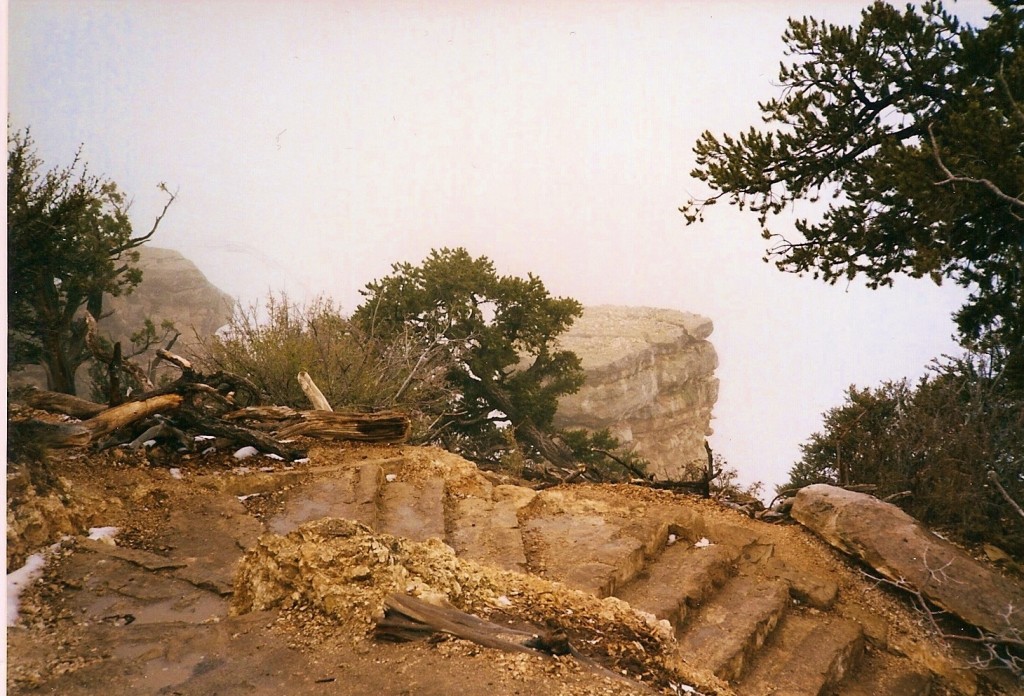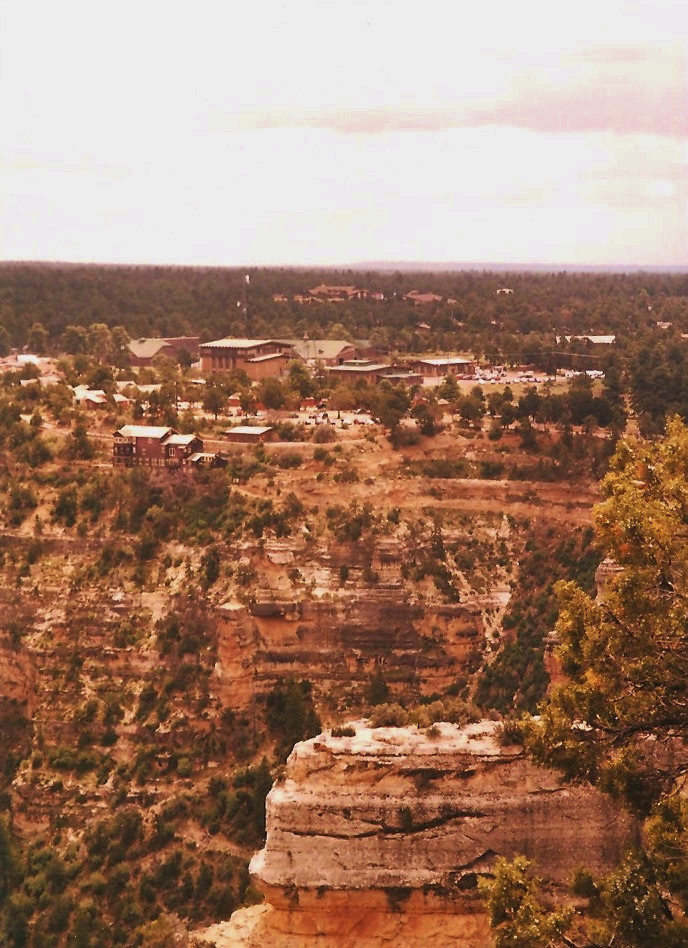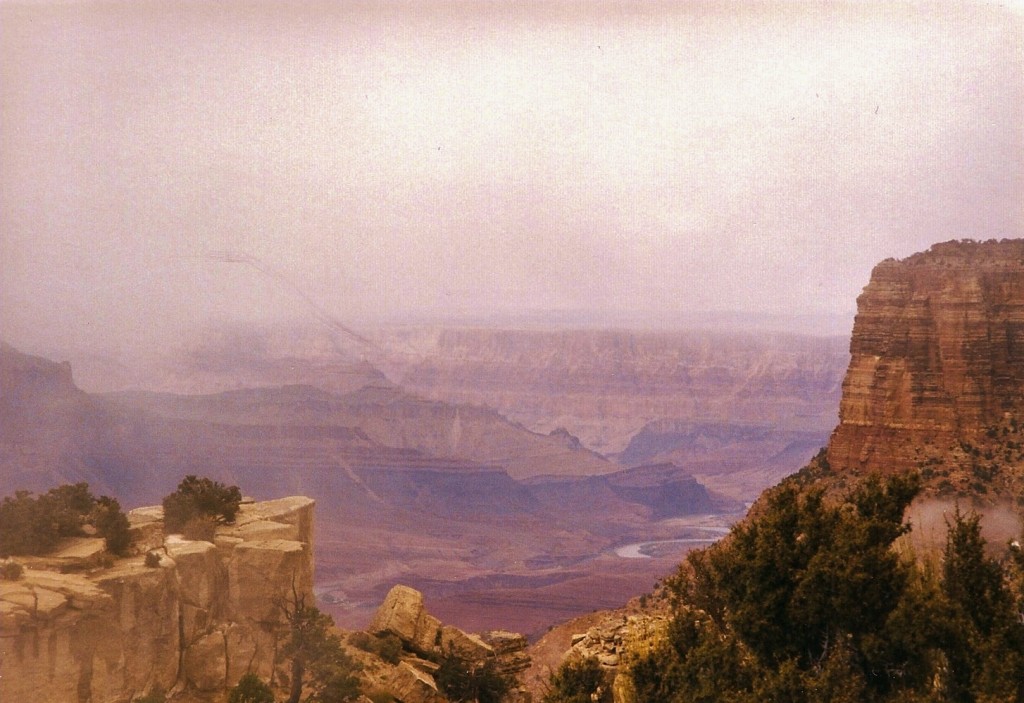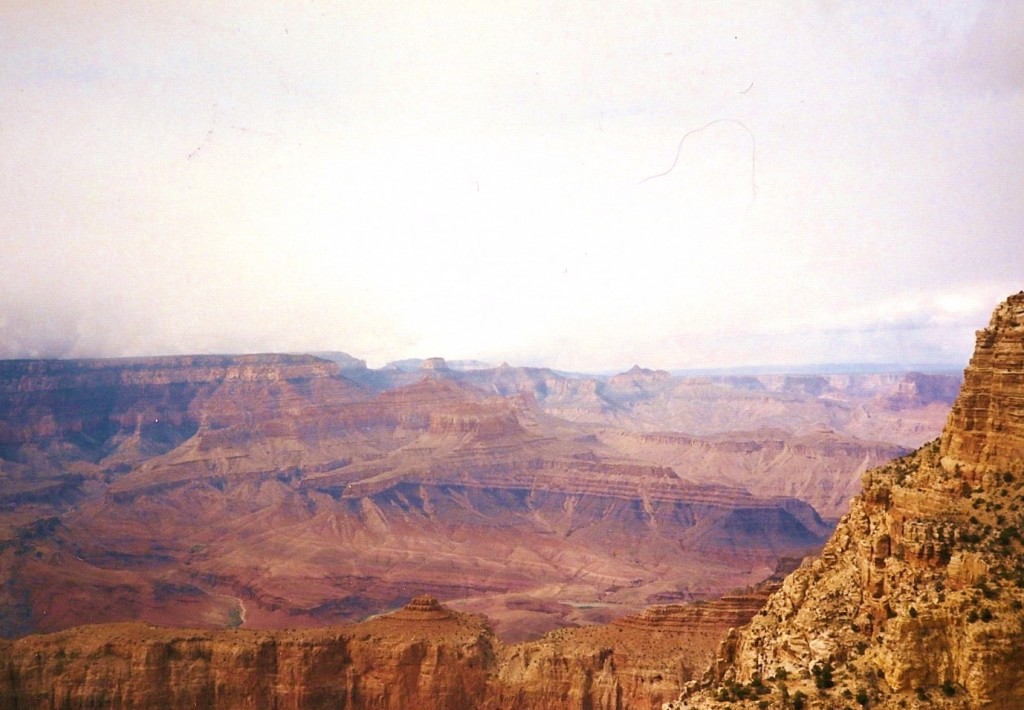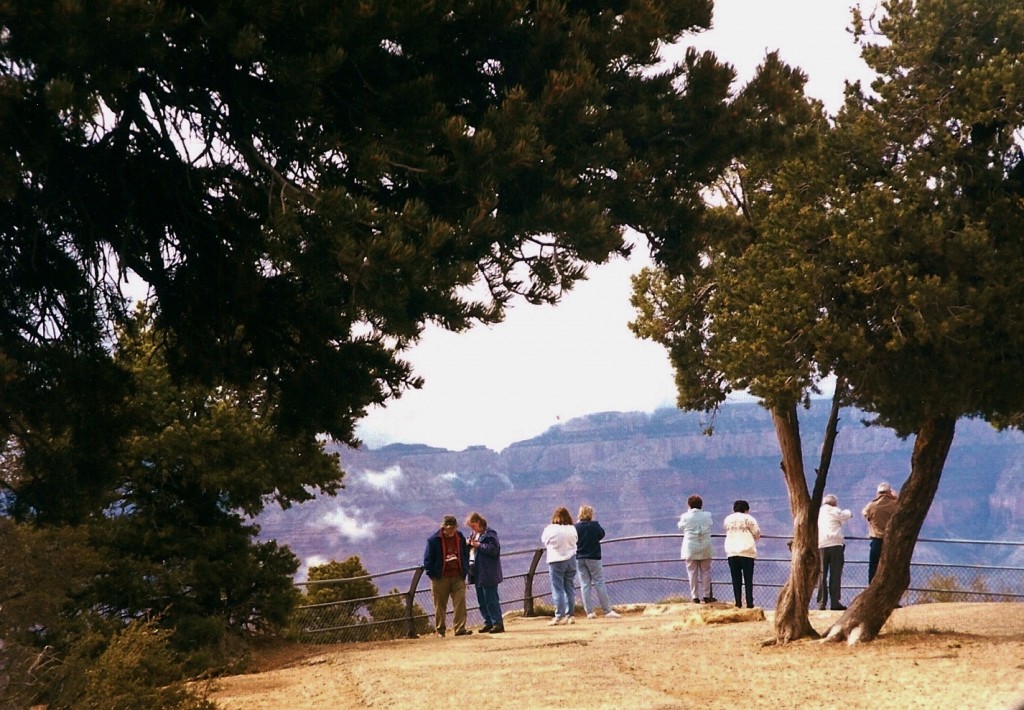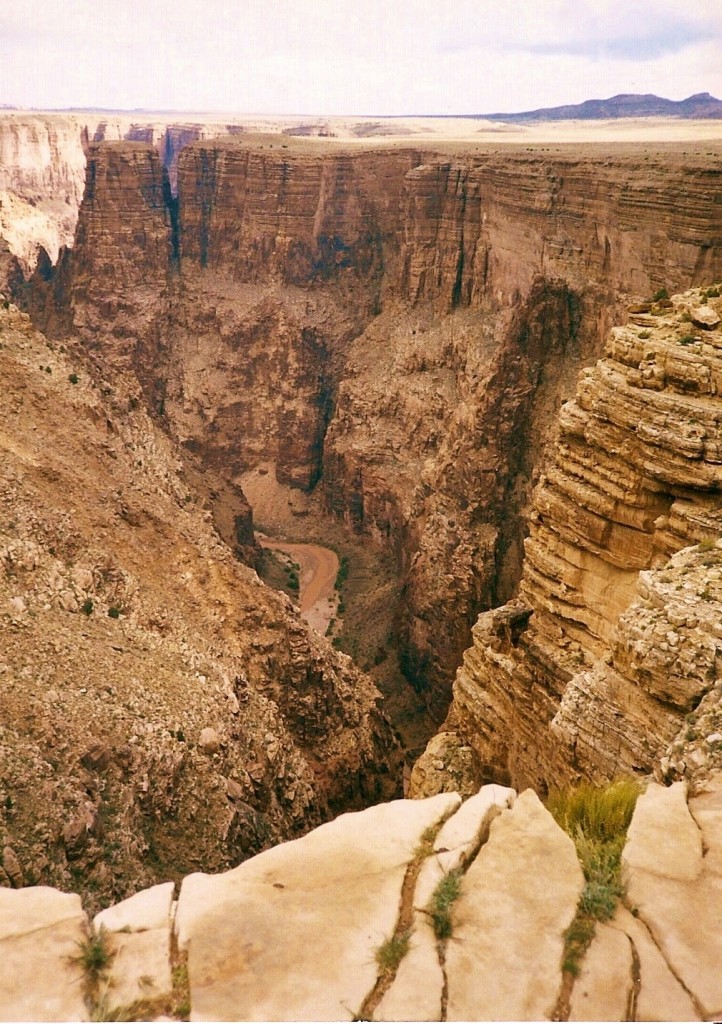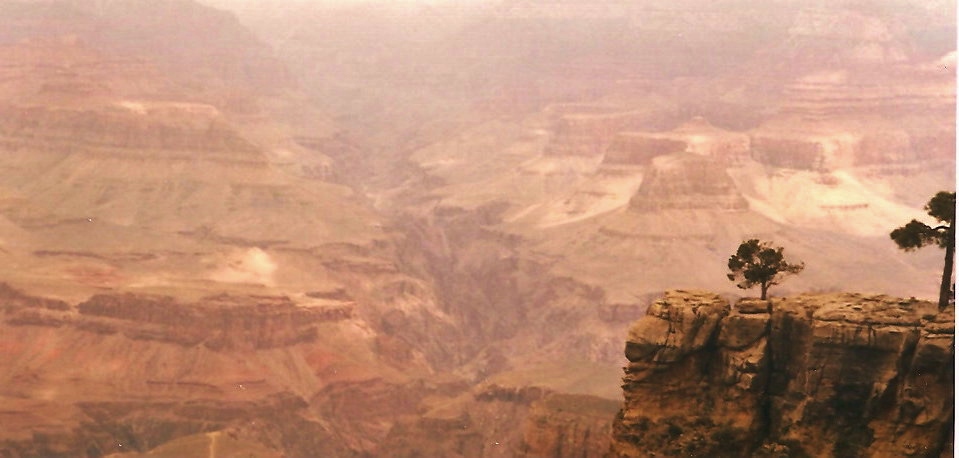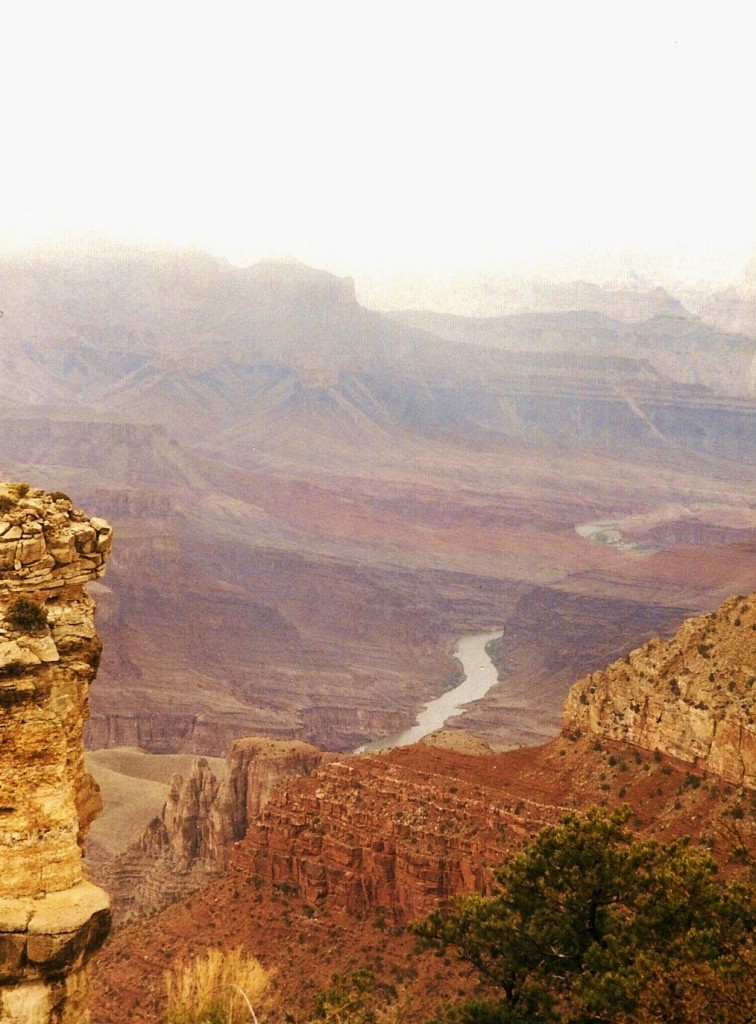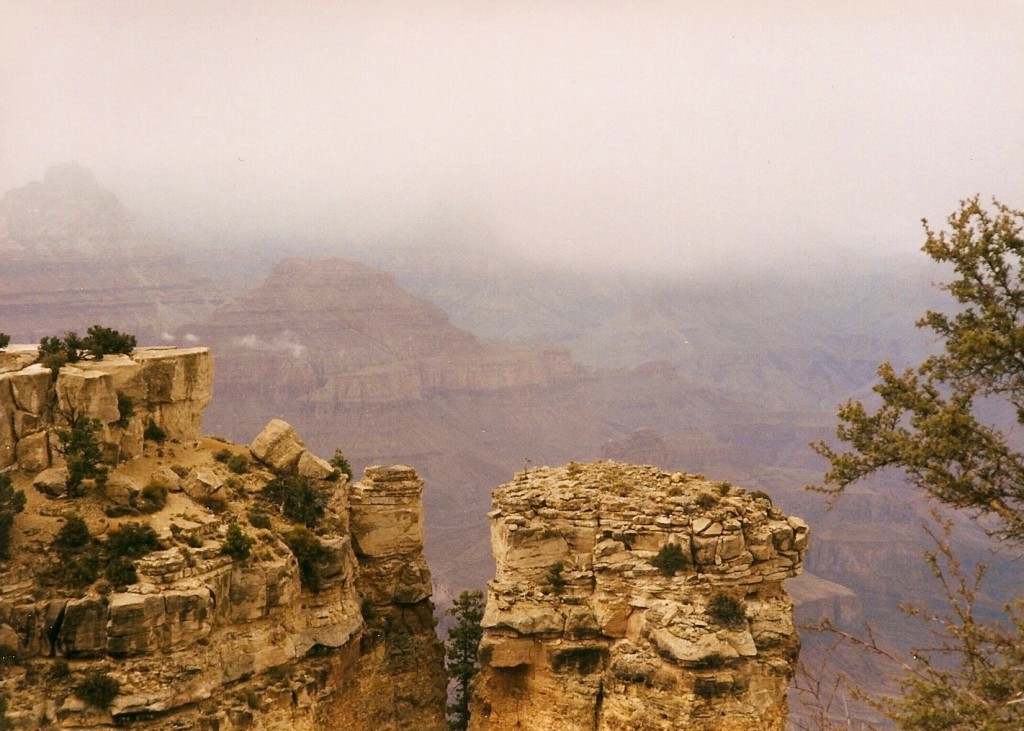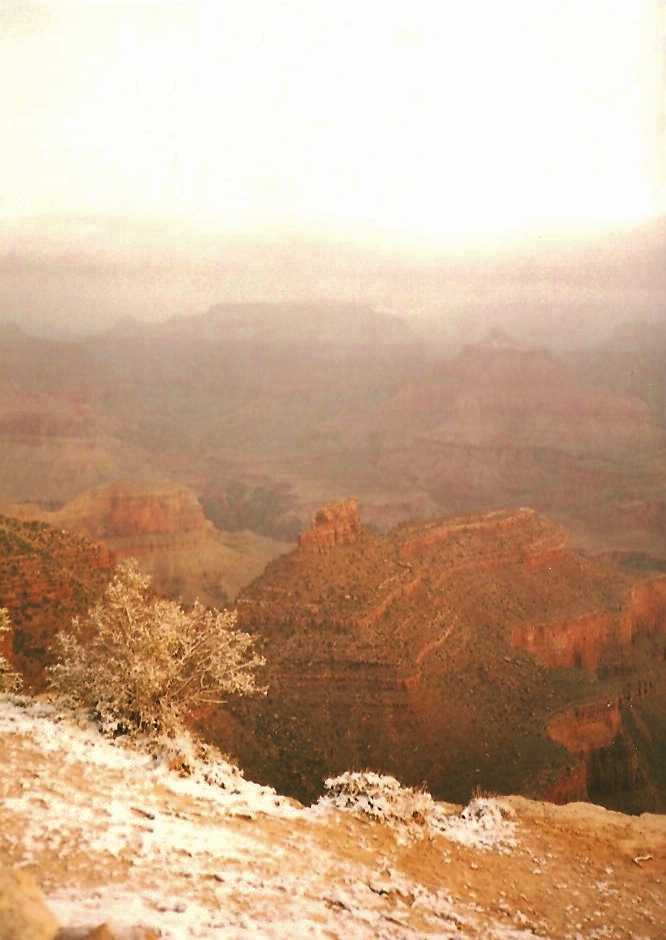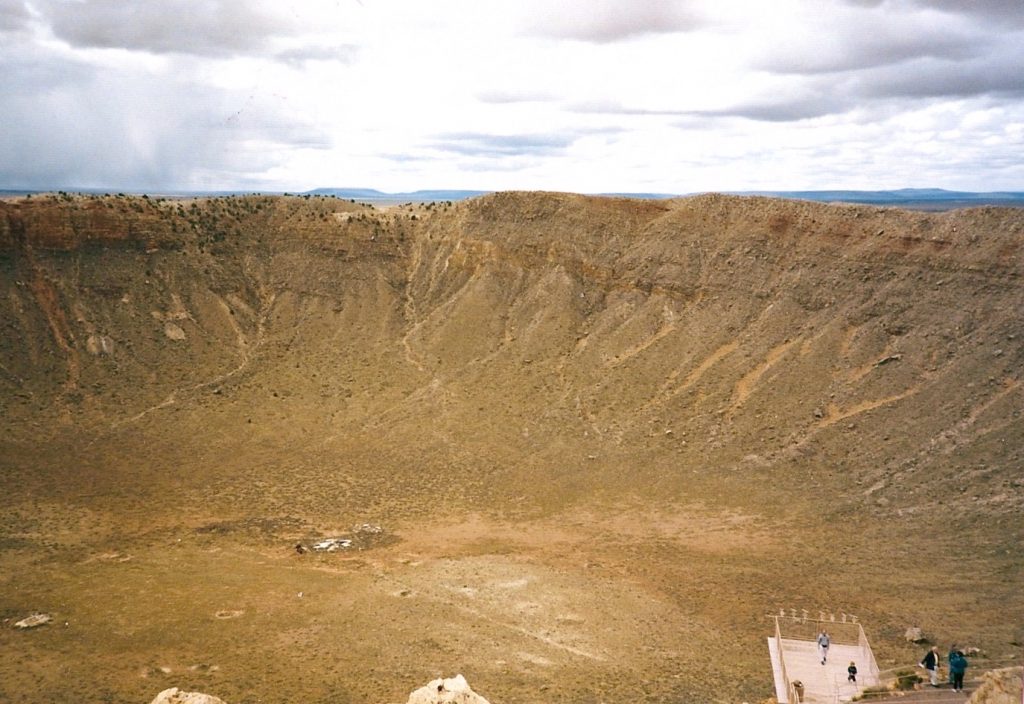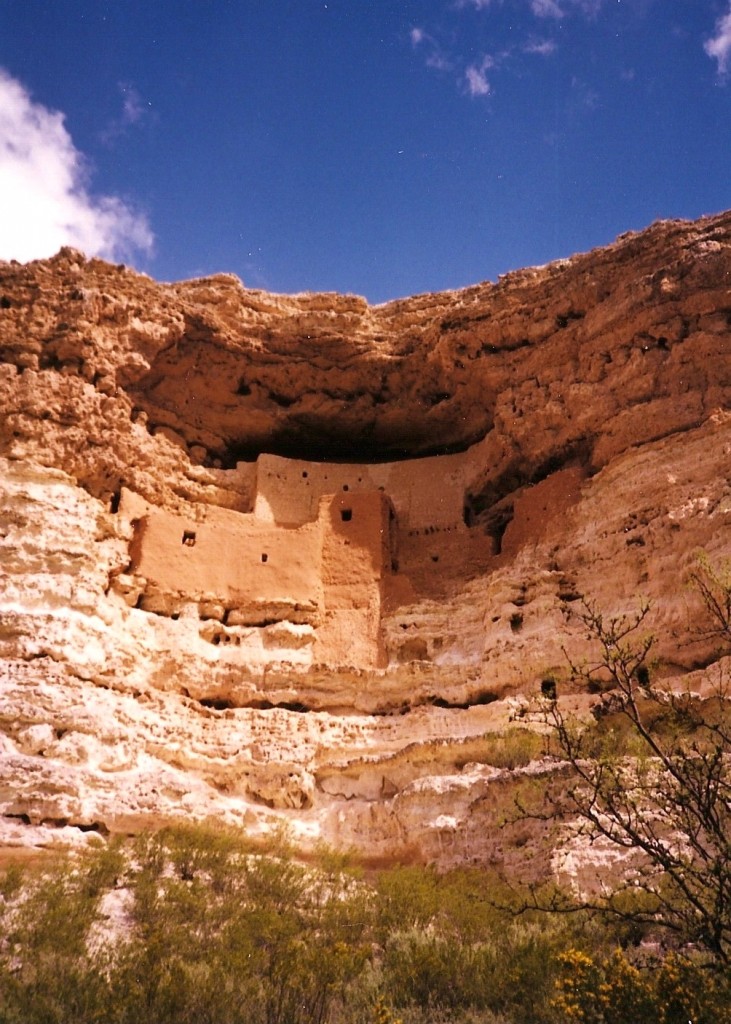
Well-preserved and protected from the elements, an ancient Indian cliff dwelling is said to have been built between 1100 to 1425 AD. Standing five stories tall, an estimated forty-five to sixty rooms have been built into an alcove of limestone.
When I arrived in the small town of Camp Verde, Arizona, I could not have imagined the beauty of the Montezuma Castle National Monument. What I found most impressive was the craftsmanship of the Sinagua and the incredible cliff dwellings they had built nearly 100 feet above Beaver Creek Canyon.
Approaching the site, I immediately noticed the detail of Montezuma’s construction and how the large stones were held together by a primitive mix of clay and mud. The walls were built from layers of mud measuring about an inch thick protecting the interior rooms and providing a barrier from the wind and heat. The thatched roof was constructed of local Arizona sycamore intertwined with mud. According to the artifacts found at the site, these rooms were used for both living space and storage.
Researchers believe that the Indians may have fled in the mid-11th century when nearby Sunset Crater Volcano erupted. They would later return in the late 1100s as the area was then perfect for growing crops following the event. The aftermath of the eruption gave the Indians a strong, reliable watershed for irrigation and a much richer soil.
Montezuma Castle National Monument became a US National Monument in 1906 and was added to the National Register of Historic Places in 1966. Early visitors could climb up into the ancient apartment complex through a series of ladders until it was prohibited to do so in 1951. While the interior of the settlement is not accessible today, the site is a spectacular example of Indian life of the Southwest. There are approximately 400,000 visitors that tour the park and visitor’s center each year. The Visitor’s Center displays artifacts and provides a historical account of the lives of the Sinaguan culture. Even today, this location remains a place of religious ceremonies for the local Hopi and Yavapai Indians.
Have you had the opportunity to visit Montezuma Castle National Monument in Arizona? What did you think of your experience? I would love to hear about your visit if you would kindly leave a message in the comments section below. Many thanks for reading about my visit to Montezuma and wishing you many Happy Travels!
Disclosure: Please refer to our blog disclaimer tab for more information.
What to See and What to Do:
Montezuma Castle National Monument
Montezuma Castle Road
Camp Verde, Arizona 86322
Telephone: 928 567 3322
To reach Montezuma Castle National Monument, follow these directions:
Follow I-17 to exit 289 (90 minutes north of Phoenix, 45 minutes south of Flagstaff). Drive east (through 2 traffic circles) for approximately ½ mile to the blinking red light. Turn left onto Montezuma Castle Road.
- Admission Fee: Montezuma Castle Entrance fees are Adults (16 and older): $10 which is good for seven days for the castle as well as the Tuzigoot National Monuments; Children under 16 can enter at no charge. There are several holidays where entrance is free to include Martin Luther King Jr. Day, First Day of National Park Week/National Junior Ranger Day, National Service Park Anniversary, National Public Lands Day and Veterans Day
- Hours: The visitor center, museum and trail are open daily from 8AM to 5PM; Montezuma Well Trail is also open daily from 8AM to 5PM and for all attractions, the last vehicle admission is 4:45PM. For additional discounted fees visit the park’s website.
- Amenities: Educational opportunities and bookstore
- Scenic View: Montezuma Castle is spectacular dating over 800 years
- Length of Visit: 1 – 2 hours
- Tips for Your Visit: Bring water and sunscreen as the site is in the middle of the desert. Consider arriving early (around 9AM) when the sun will be behind you. Parking may be difficult because it is small, but spaces are more available after lunch on most days. Don’t forget that your entrance fee also includes the Tuzigoot Ruins!
Where to Stay:
The Lodge at Cliff Castle Casino
333 Middle Verde Road
Camp Verde, AZ 86322
Telephone: 866 925 7881
Website: https://www.cliffcastlecasinohotel.com/
Where to Eat:
Mountain Springs Buffet at Cliff Castle Casino Hotel
What to Eat:
- Avocado Fries are sliced avocados dipped in spiced bread crumbs and deep fried.
- Chiltepin Peppers….very hot!
- Cholla, a cactus found in the area, that is boiled and the gooey acid is removed to eat directly or added to salsas.
- Cochinitos are a puffy, doughy cookie usually found in the shape of a pig. This light dessert is seasoned with molasses and cinnamon.
- Prickly Pear Cactus which is made into a candy and a sweet syrup
- Sonoran Hot Dog, popular in Phoenix and Tucson, this Mexican creation is topped with beans, onions, and tomatoes along with mayonnaise and mustard.
- Tamales!
What to Read:
- The Women in the Castle, by Jessica Shattuck
- The High House, by Jessie Greengrass
- The Cave Dwellers, by Christina McDowell
Disclosure: Please refer to our blog disclaimer tab for more information.
